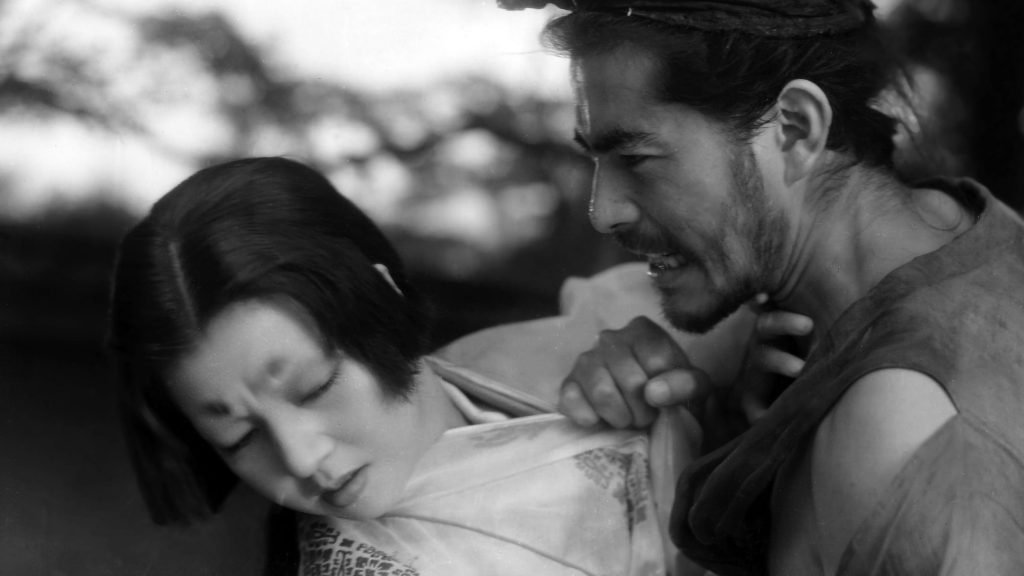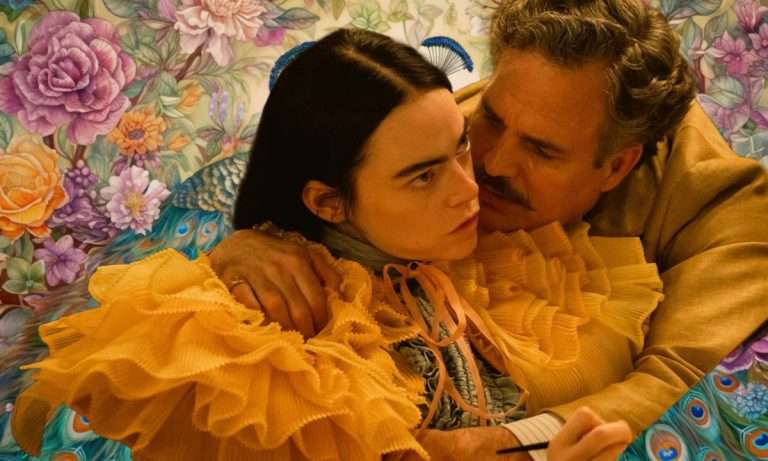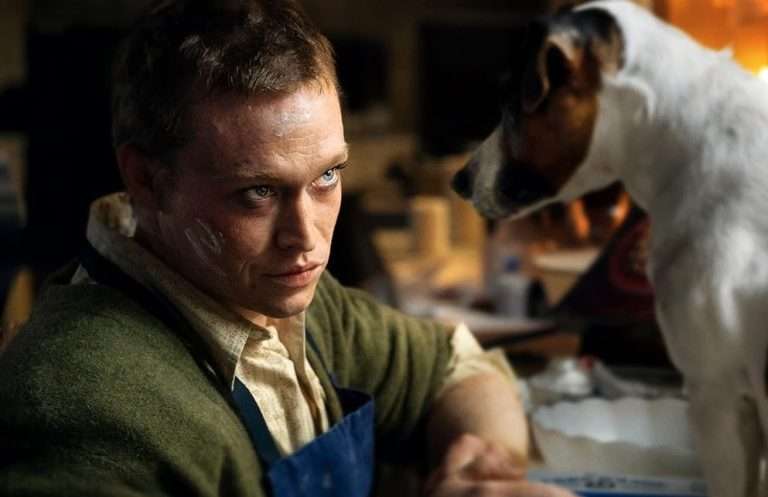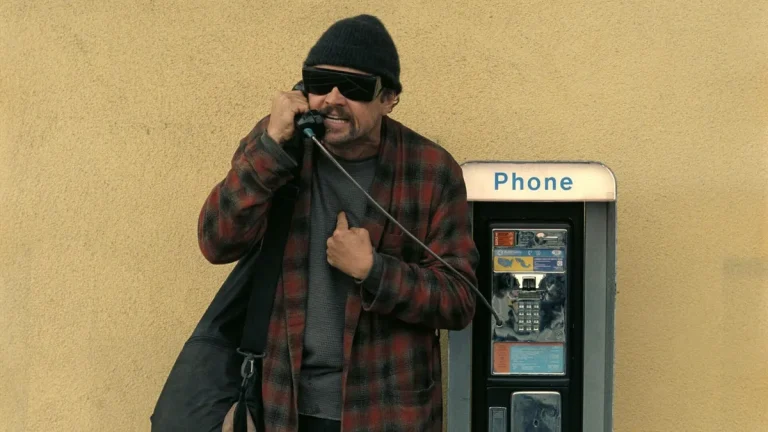Rashomon is a Japanese samurai psychological thriller film directed by legendary Japanese director Akira Kurosawa and written by Kurosawa and Shinobu Hashimoto and was adapted from a short story “In a Grove” by Ryunosuke Akutagawa.
Rashomon is considered as one of the most important and influential movies in the psychological thriller genre, so much so that it not only inspired thriller movies that came after it but also the phenomenon “Rashomon Effect” which is a term related to the notorious unreliability of eyewitnesses is named after this movie. Rashomon is known for its mind-bending and iconic narrative which was carefully crafted by Kurosawa and Hashimoto. They both created a really unique structure for the film in which they told a story about a rape of women and a murder of samurai, but this is what the story appears at the first glance.
The narrative is actually a story within a story within a story. Just by making this structure, the audience is already trapped inside a labyrinth of truth and lies. If I can explain the story in a simple manner, it takes place during a rainstorm at Rashomon city gate where a priest, a woodcutter, and a commoner take refuge. While staying there, the Woodcutter tells the other two a story about an incident where a samurai was killed and a woman was raped. This is where the other story comes alive and we see those characters and their accounts of the incident.
A major thing about the narrative is that it plays with the perspective of characters as in the film we see the same incident happen again and again but from a point of view of different characters involved in the incident. And of course, each of their accounts conflicts with each other, and not a single account can be taken as the most accurate. In the end, the Woodcutter who is telling the whole story in the first place tells his own perspective on what actually happened as he says that he saw with his own eyes how the incident unfolded. But by that time the audience has already lost all of their trust in the characters and does not believe in what is true and what is not, especially from the characters of the story. This might be an early example of an unreliable narrator, which happens when the narrator does not tell the story in full accuracy and his/her own bias seeps into the storytelling
Also, Read – Seven Samurai (1954): The Most Influential Film of all time
The narrative exemplifies the idea of subjective truth and how human beings are motivated with self-interest to save themselves and their reputation. The conflicting and contradictory stories told by each character literally tells the audience how there is no objective truth as each character changes details, chronology, and even the entire motivation of other characters with their version of the story. This is the crucial theme in the narrative as it shows the audience that eyewitness reports are not always accurate and sometimes the objective truth might get muddled by the web of lies or sometimes does not even exist.
Even though the narrative of Rashomon is considered to be the most iconic aspect of the film which made the film memorable, we should not forget the execution of that narrative by Akira Kurosawa. Kurosawa used a lot of allegorical and symbolic aspects in his direction and tell the story effectively, one of those was to work closely with actors and cinematographers, for example, Kurosawa told Toshiro Mifune who played the bandit to act animal-like so that he can show that deep down all human beings are beast acting on their self-interest, Kurosawa also manipulated the camera differently for each other versions of the story told by the different characters, like for instance when the Samurai’s wife tells the story of how the incident happen, the camera tracks Mifune character and presents him as a predator whereas when Mifune’s character tells his version of the story the camera stays still on him, presenting him as a more virtuous figure. By this, we can say the camera is also not telling us the truth.
Akira Kurosawa’s masterpiece Rashomon featured in ‘15 Best Films to Watch on a Rainy Day‘
Kurosawa also worked closely with Cinematographer Kazuo Miyagawa in creating the lighting in this film which was really important in creating an atmosphere of uncertainty. In the forest where the three major characters met with each other, (The bandit, samurai, and his wife) only certain parts of their face were illuminated by sunlight, and other parts were hidden in the shadow of leaves and the trees, thus presenting us the idea that they are hiding their true intentions.
During the scenes of confessions of all of the characters, they are facing the camera, making it look like they are confessing to us the audience. But if we look closely we can see they are sitting under a giant shadow, which again asserts the idea that they might not be telling us the entire truth. Kurosawa also made the ending ambiguous, cementing the theme of the film. Rashomon is an amazing exercise on how cinema lies to us or rather does not tell us the entire truth and how human beings are hard to decipher into categories as these categories are itself creation of the human mind.



![Death by Hanging [1968]: A Brilliant, Provocative Work of a Anti-Authoritarian](https://79468c92.delivery.rocketcdn.me/wp-content/uploads/2016/04/Death-by-Hanging-images-fbae0028-935f-4463-a788-4c322f809b5-768x432.jpg)



![Vengeance Is Mine [1979]: An Ominous Remainder of the Darkest Corners of Human Mind](https://79468c92.delivery.rocketcdn.me/wp-content/uploads/2016/04/vengeance1.jpg)
